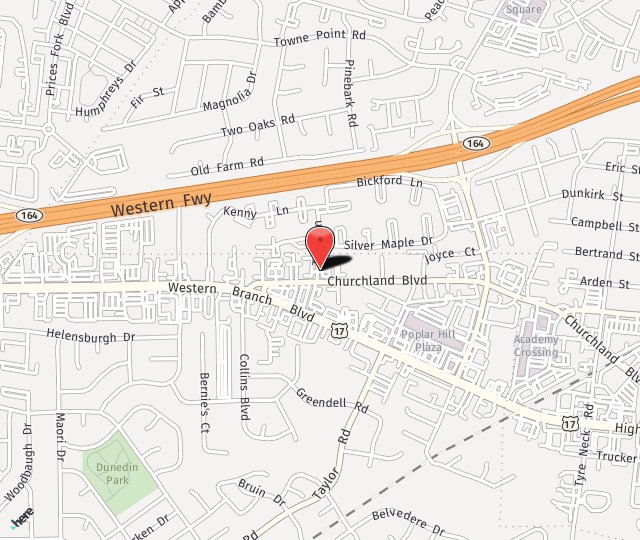
Glaucoma is a disease which results in damage to the optic nerves, leading to vision loss. It is called the “Sneak Thief of Sight” because there are no symptoms until a person is nearly blind. Glaucoma does not cause redness, pain or blurring of the vision. It slowly takes away peripheral vision over a period of years until tunnel-vision occurs. The last stage results in loss of the tunnel and complete blindness. Because the vision loss is so slow and side vision is primarily affected, people just don’t know that there is a problem until extensive damage has occurred.
Glaucoma is a very common disease. It is estimated that 2.5 million Americans have the disease and that less than half of them have been diagnosed. Glaucoma is the second leading cause of blindness in America and the leading cause among African-Americans. The heart-breaking part for physicians is that glaucoma is very treatable in the early stages and blindness is largely preventable if diagnosis and treatment begin early in the disease process.
Because the disease is largely asymptomatic, early diagnosis can only occur with a screening eye exam. Much like mammograms for breast cancer and EKGs for heart disease, a periodic eye screening for glaucoma is important as well. A good thorough eye exam, which includes checking the eye pressure and examination of the optic nerve, can identify those patients who may have glaucoma. Most people who wear glasses or contact lenses get a reasonable screening exam when they go to get a new prescription. It is important for those who do not wear prescription glasses to have periodic exams also. This is especially true for individuals who have certain risk factors for developing glaucoma, including: a family member with glaucoma, African-American race, age greater than 65, diabetes, or hypertension.
Most cases of glaucoma which are identified early can be controlled with medication in the form of eye drops. Some difficult cases and more advanced cases also require laser treatment or surgery. The goal of all glaucoma therapy is to reduce the eye pressure. Reduction of the eye pressure can greatly slow down or even halt the worsening of the disease. With early diagnosis and appropriate treatment, vision loss can be largely prevented. Regular screening eye exams are crucial for preventing the ”thief” from sneaking off with your precious sight.


